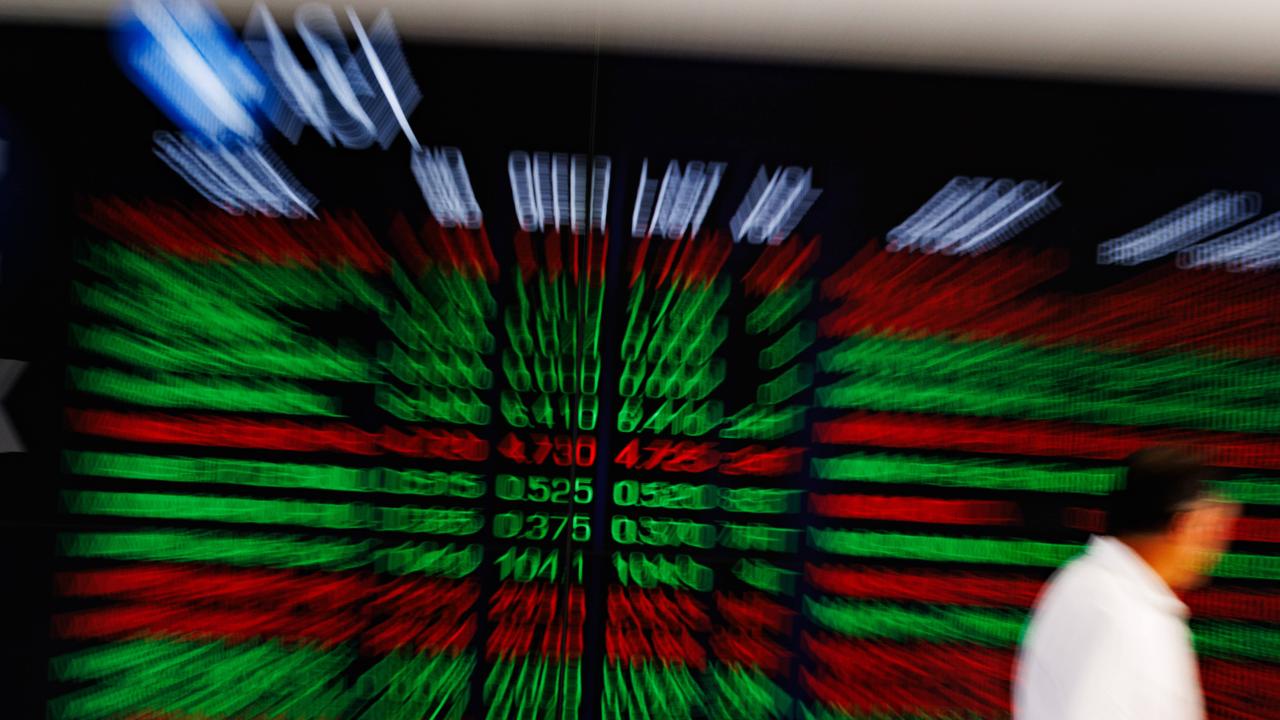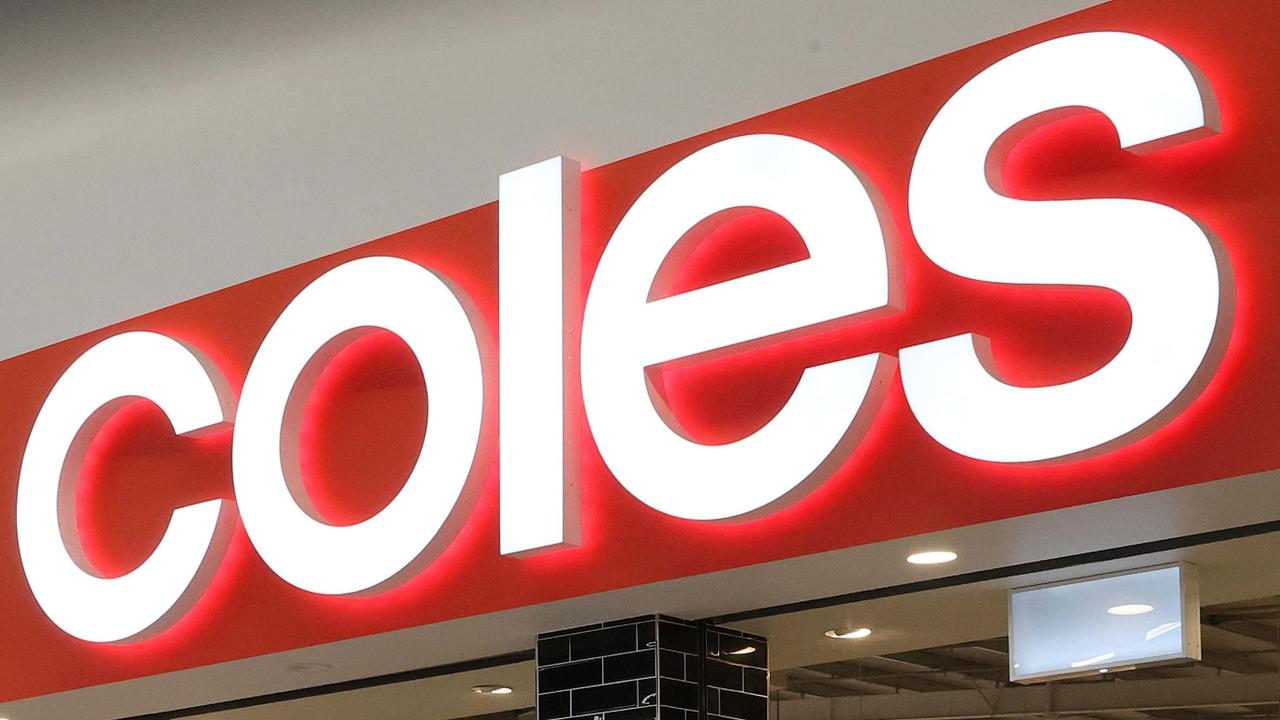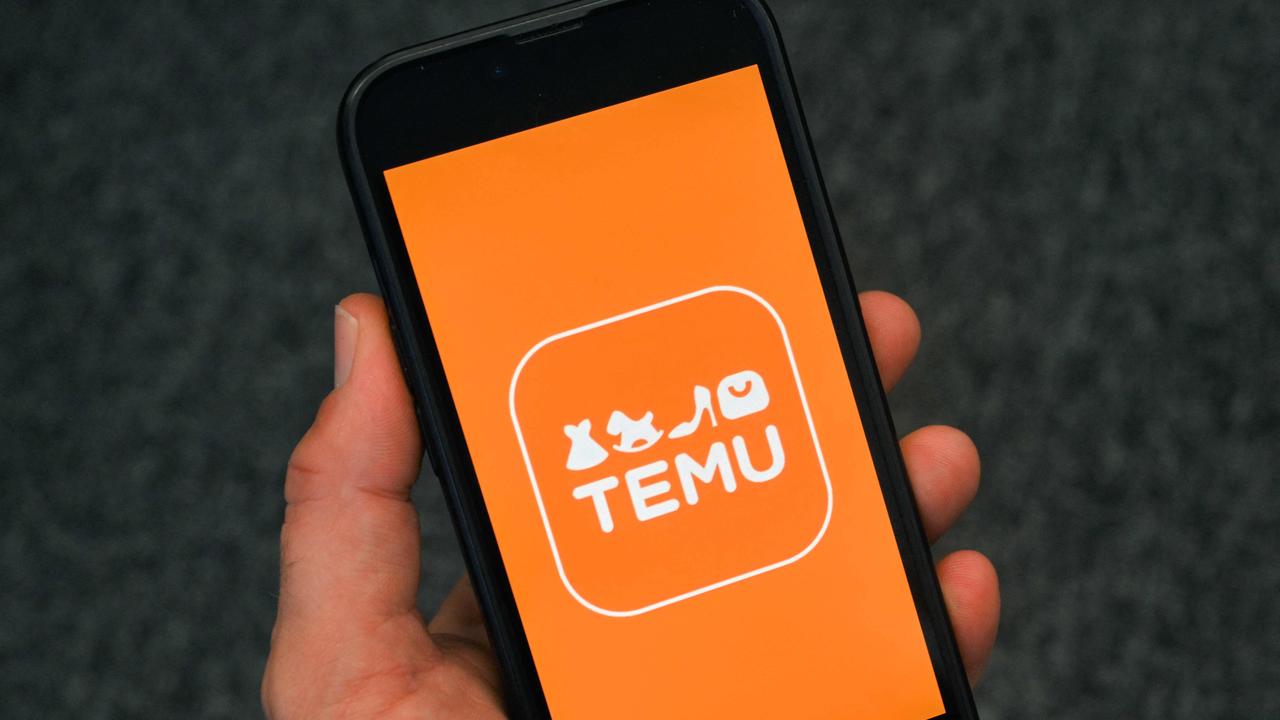Wage growth slows as inflation continues to bite, leaving Aussies with years of real pay cuts
Aussies’ pay packets are still not keeping up with inflation as households face a cost of living crunch.
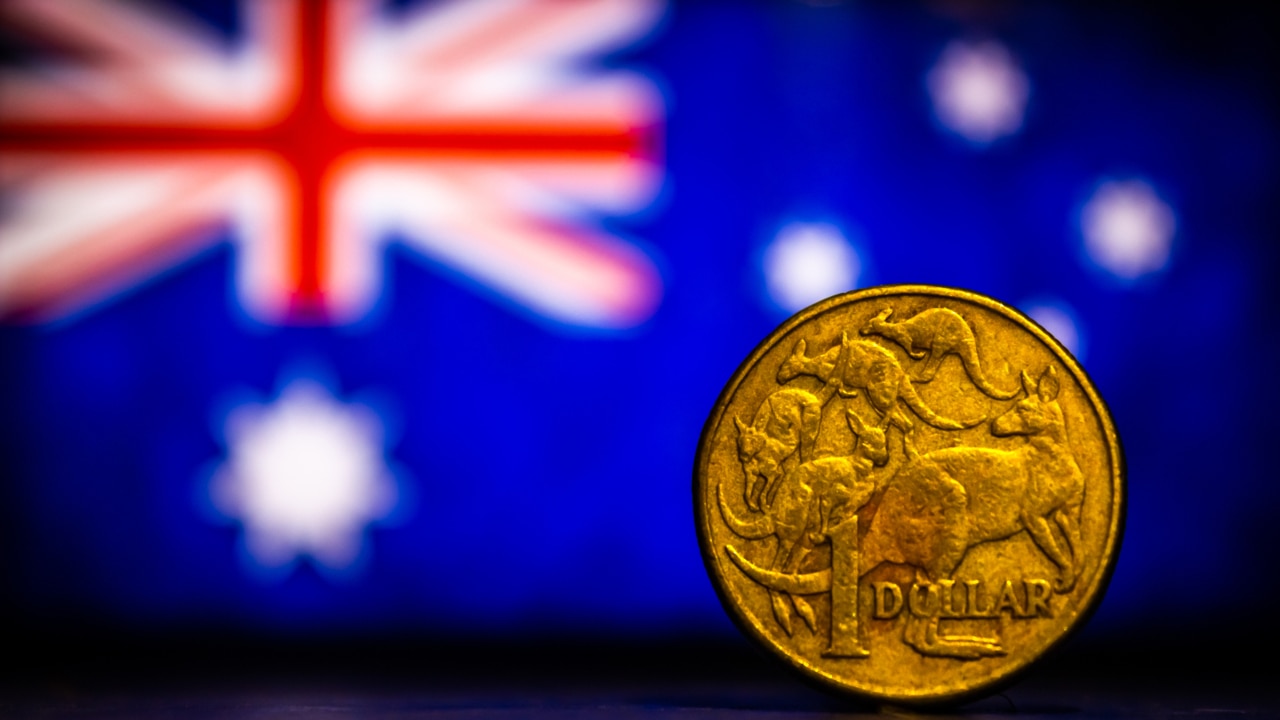
An unexpected decline in wage growth is expected to see the Reserve Bank continue its extended cash rate pause, but workers are still experiencing real wage cuts as the rising cost of living outpaces growth in Australians’ pay packets.
Growth was tipped to rise by 0.9 per cent, with employers paying more to find staff as Australia’s unemployment rate remains at near-record lows.
However, the Wage Price Index for the three months to June came in at 0.8 per cent for the third quarter in a row. Wage growth was 3.6 per cent for the year to June.
Headline inflation still increased by 0.9 per cent in the June quarter, meaning that real wages have now been falling for three years.
In good news for borrowers, the figures were below the RBA’s official forecast of 3.7 per cent, making any further rate hikes increasingly unlikely.
The index measures changes in base wage rates but does not include any additional hours worked, bonuses, overtime, promotions or changing jobs.

The proportion of jobs receiving a payrise this quarter was slightly lower than in June quarter 2022. However, for those workers who did get a boost, the average increase was larger than last year.
Wage growth in the private sector remained steady at 3.8 per cent in the year to June, while public sector wage growth was weaker at 3.1 per cent.
BetaShares chief economist David Bassanese said it was quite likely wage growth had already peaked.
“With economic growth and inflation moderating, hiring intentions easing and higher immigration helping fill labour market shortages, the pace of wage growth may well moderate in the quarters ahead,” he said.
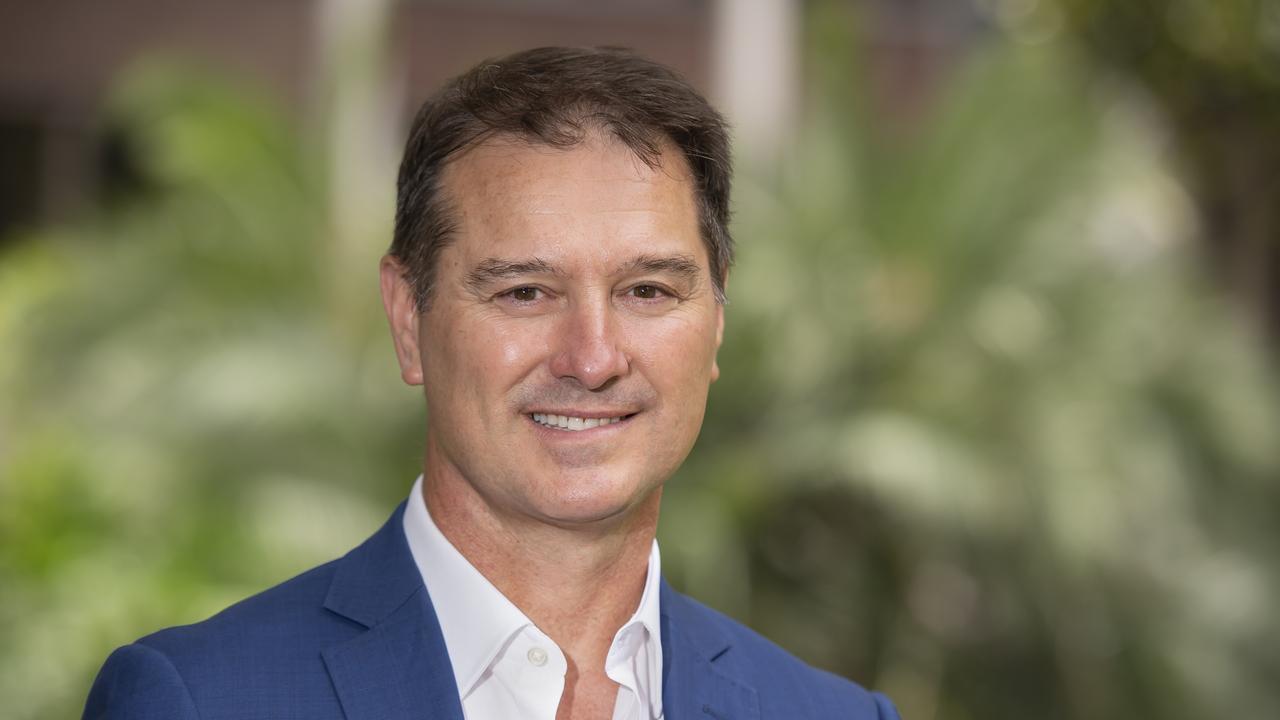
“As a result, it may well be the case that Australia may not need to push the unemployment rate up all that much to keep a lid on inflation in the coming year.”
Oxford Economics Australia head of macroeconomic forecasting Sean Langcake said the weaker than expected result would likely spare households from future rate hikes.
“Having paused in August, we do not think these data alone will spur the RBA into another rate hike in September,” he said.
“However, the outlook for unit labour costs remains concerning given the recent weak trend in productivity growth.”
In the minutes of the Reserve Bank’s August 1 board meeting, also released on Tuesday, it was revealed the RBA board had considered hiking the cash rate by a further 0.25 per cent.
However, due to slower consumer spending, signs of cooling in the labour market, and easing inflationary pressures, the board decided to leave the cash rate unchanged.
Board members noted recent inflation data had been “encouraging” and “the economy was expected to grow only slowly over the period ahead and this would help with the further moderation of inflation”.
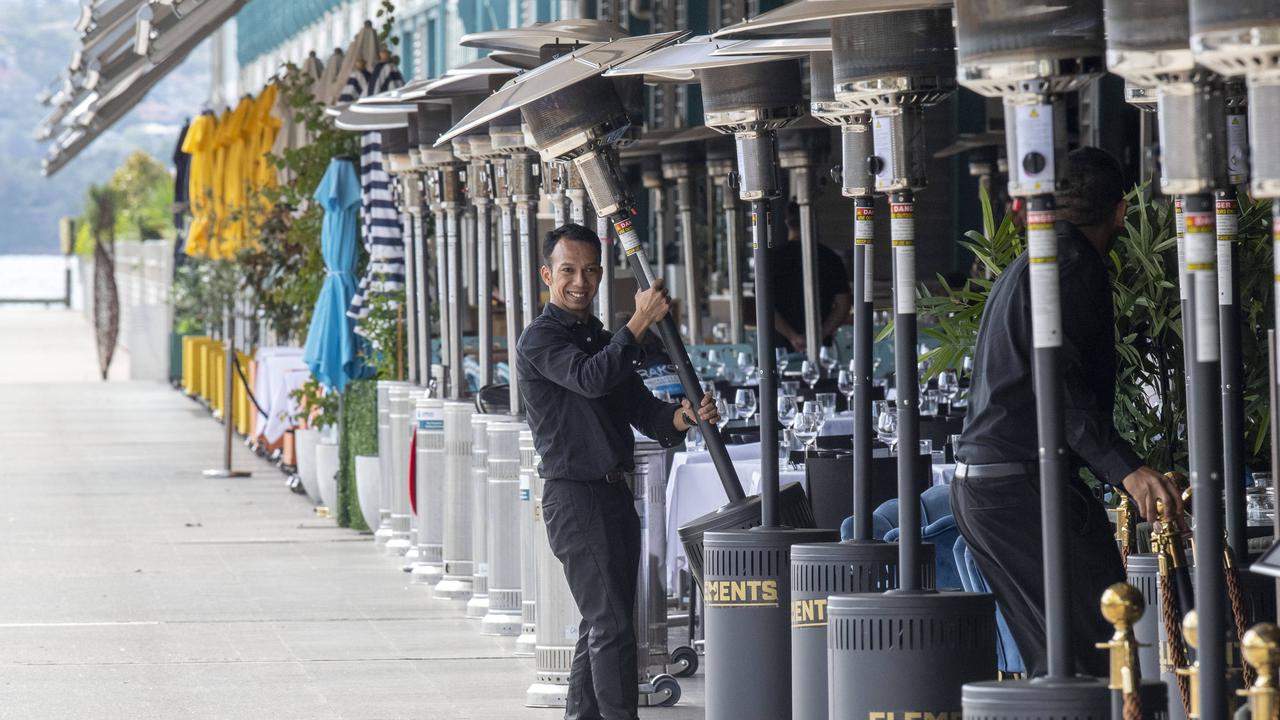
“At the same time, members agreed that it was possible that some further tightening of monetary policy might be required to ensure that inflation returns to target in a reasonable time frame,” the board noted.
The Reserve Bank’s next meeting, which is scheduled for September 5, will be outgoing governor Philip Lowe’s last. Traders were pricing a 0 per cent chance of a rate rise at the September meeting as of Tuesday.
CBA economist Stephen Wu agreed that the labour market had been loosening for some time.
“The unemployment rate of 3.5 per cent in June, near a 50‑year low, is understating the amount of spare capacity in the labour market,” Mr Wu said.
“We have seen a big increase in labour supply in the form of record high participation, stronger growth in hours worked, and a big lift in net overseas migration. That has met strong labour demand over the pandemic, but that demand has been declining since late last year.”
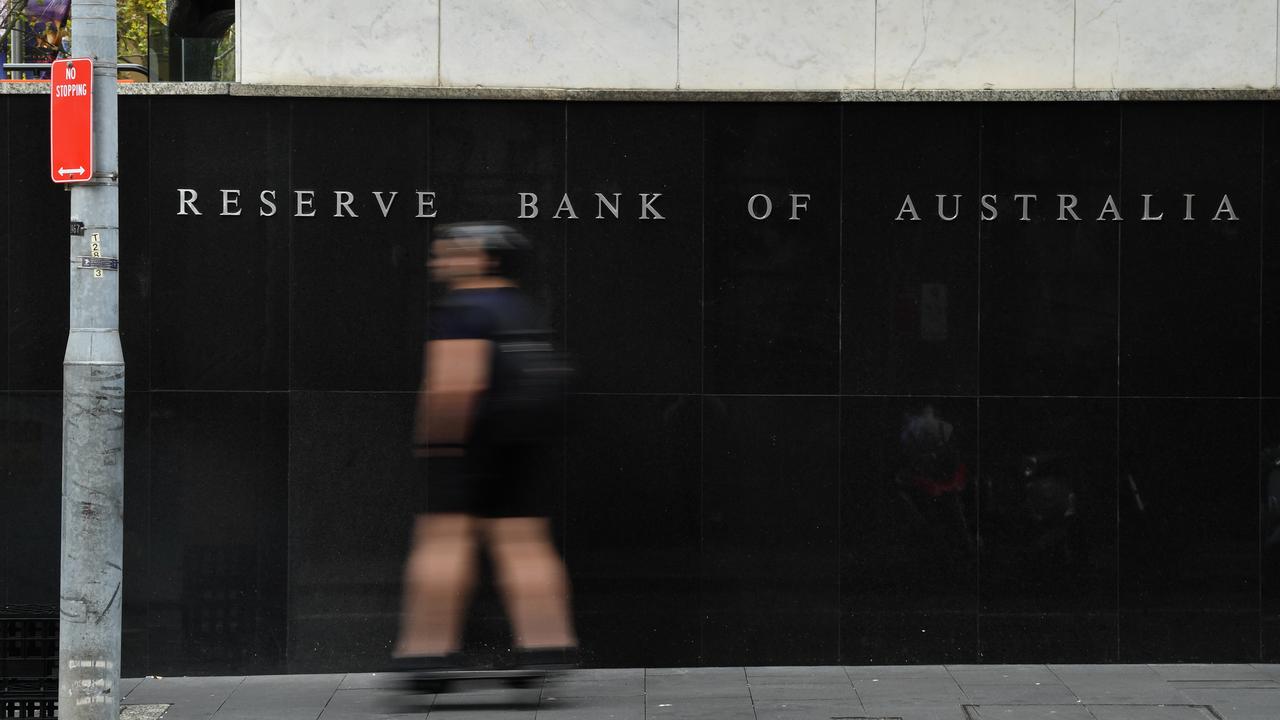
The minutes of the RBA’s meeting also revealed that the central bank remains concerned about the potential inflationary impact of higher wage growth if productivity does not return to pre-pandemic levels.
The board minutes noted the bank’s wage forecasts remained above levels that would be consistent with many other central banks’ inflation targets.
“The forecasts were predicated on labour productivity growth returning to its pre-pandemic trend over coming years, which would be needed for the expected growth in labour costs to be consistent with the inflation target,” the minutes read.
Speaking to reporters in Brisbane, Treasurer Jim Chalmers claimed the 0.8 per cent increase was a result of the government’s efforts to “get wages moving”.
“What we’re seeing in our economy is much stronger wages growth than people were accustomed to during a decade of deliberate wage stagnation under our predecessors.
“We’re seeing inflation moderate at the same time as wages are growing and on both fronts that’s a good thing,” he said.
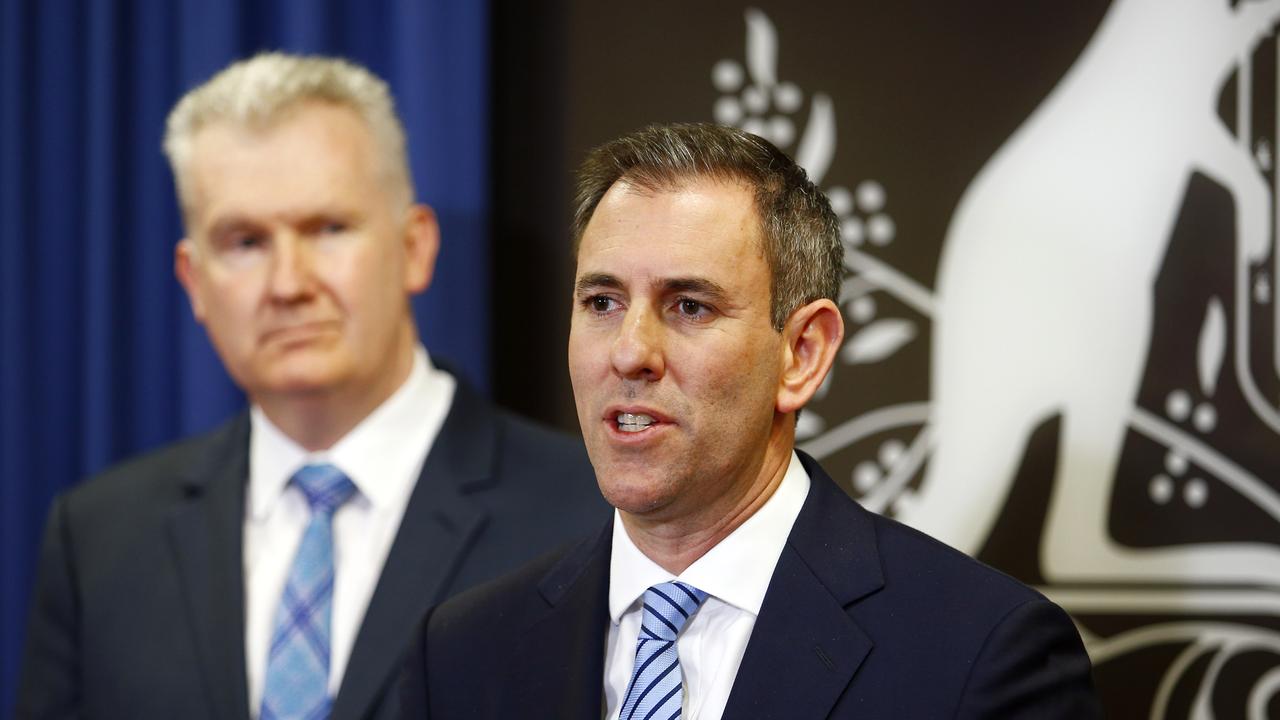
But the shadow treasurer, Angus Taylor, noted Australians were still experiencing real wage cuts despite the government’s interventions.
“With real wages going backwards, hours worked going up and inflation still stubbornly high – no one is feeling better off, no matter how the Treasurer tries to spin it,”
“The government needs to bring inflation back to (the target) band by reining in spending, support economic growth through deregulation and driving productivity reform to increase real wages,” Mr Taylor said.
Economists expect the Fair Work Commission’s award and minimum pay decision, which took effect from July 1, will accelerate wage growth sharply in September.
Read related topics:Reserve Bank

